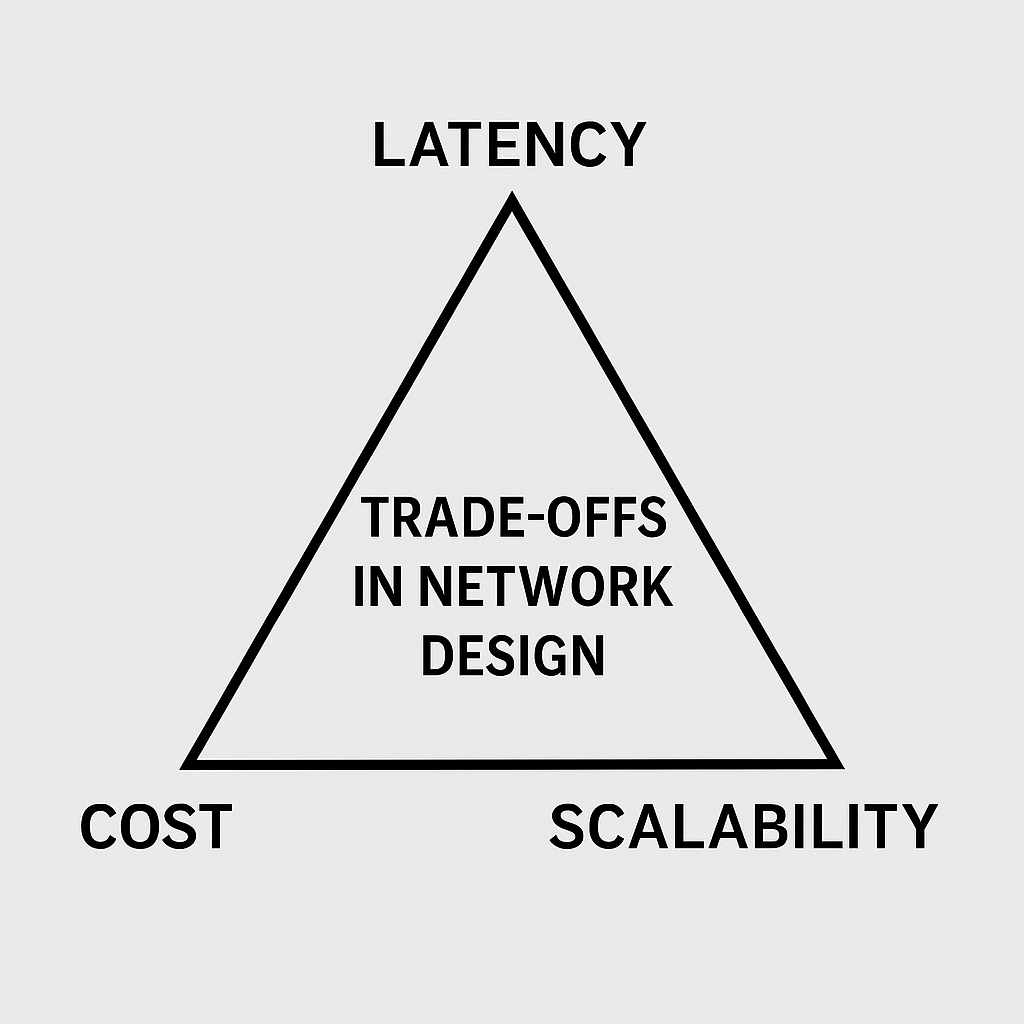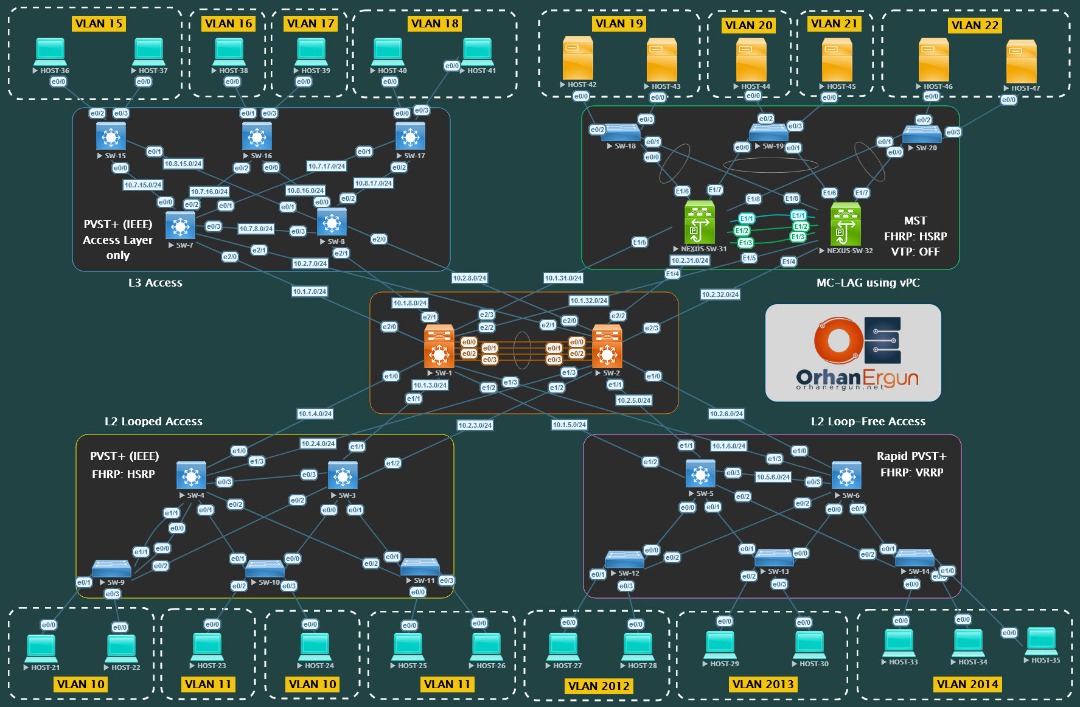Sources
<p>https://community.cisco.com/t5/switching/stp-port-roles-in-802-1d-aka-pvst/td-p/984973<br>https://community.meraki.com/t5/Switching/IEEE-802-1W-PVST-implementation-on-Meraki-switches/m-p/140569</p>
Related Courses
Enhance your knowledge with these recommended courses

Network Design Fundamentals Course
The Network Design Fundamentals course will teach you the fundamentals of network design, including topologies and protocols
$49
View Course
Layer 2 Network Design Training
Layer 2 Network Design Training is a comprehensive course that will teach you how to design, implement, and troubleshoot Layer 2 networks.
$49
View CourseBecome an Instructor
Share your knowledge and expertise. Join our community of instructors and help others learn.
Apply Now
About the Author
JasonLake
I'm a network engineer who works for 8 years in the industry. I am trying to help people through my blogposts. Welcome to my blogs.
Share this Article
Subscribe for Exclusive Deals & Promotions
Stay informed about special discounts, limited-time offers, and promotional campaigns. Be the first to know when we launch new deals!